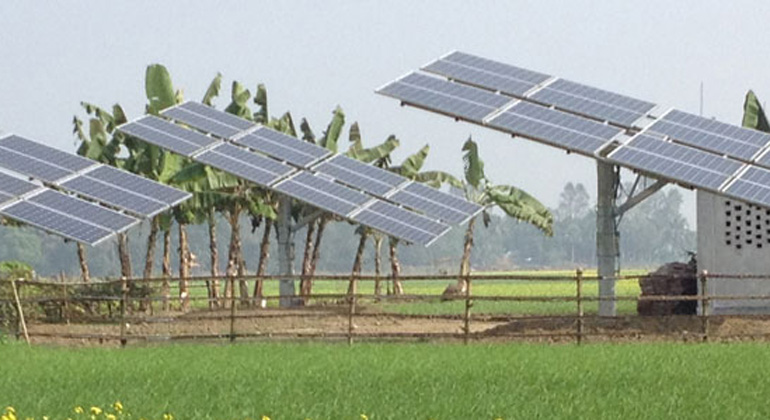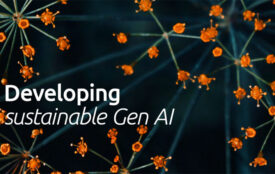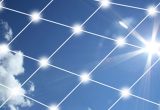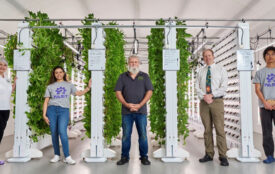Next Big Thing in Bangladesh — Solar Irrigation Pumps
If you have any interest in the off grid solar space, you would certainly be aware of Bangladesh’s success in promoting solar home systems.
At the last count, the country had installed over 3.8 million solar home systems since 2003. Scattered across the country, these systems generate a total of 135 MW of electricity and benefit over 13 million people. And Infrastructure Development Company Limited (IDCOL), which started the SHS program in 2003, has no plans to slow down, and is looking to finance 6 million of the systems by 2017. The organization is a non-bank financial institution created by the Government of Bangladesh to finance infrastructure and renewable energy projects in the country.
IDCOL receives its credit and grant support from a host of multilateral and bilateral agencies, and operates through its network of 47 partner organizations who sell solar home systems to rural customers. IDCOL provides competitive loans to its partners (small solar home systems which are used by small households may also receive grants) to mitigate the burden of financing. Apart from this, the partner organisations also receive technical assistance, and in turn are responsible for installing the solar home systems, extending credit to the end users and ensuring after sales services. For their services, the partner organisations receive monthly payments from the customers.
The key pillars for the success of the solar home system program, as against similar attempts in other countries, has been the integrated mechanism for easy financing, and after sales services to take care of any technical faults.
With their solar home system program now on autopilot mode, IDCOL now wants to focus its efforts to promote solar pumps across Bangladesh.
Bangladesh has good solar resources, with high availability during the peak irrigation season. As a result, solar pumping of water for irrigation presents an innovative and environment-friendly solution for its largely agro-based economy.
The country has about 1.71 million irrigation pumps, of which 83% run on diesel. The remaining 17 % are electricity-operated. The demand for irrigation is concentrated during February-March. So much so that during the peak irrigation period 2000 MW of power demand is solely required for running the electric pumps.
The diesel-run irrigation pumps on the other end consume more than half a million tons of diesel. This comes at a great cost to the exchequer as Bangladesh imports 100% of its diesel requirement which is then distributed to the users at a highly subsidized price.
To leverage its success in the solar home system programs, IDCOL has set itself a target to finance 1,550 solar irrigation pumps by 2017 and 50,000 by 2025. The World Bank, KfW, GPOBA, JICA, USAID, ADB, and Bangladesh Climate Change Resilience Fund (BCCRF) are all supporting this initiative.
To begin with, the program is intended to provide irrigation facilities to off-grid areas and thereby reduce dependency on fossil fuel. As per Mr. Enamul Karim Pavel who is the Head of Renewable Energy at IDCOL, 100 solar irrigation pumps are in operation and another 500 are in the pipeline.
On the basis of life cycle costs, solar irrigation pumps are much more attractive compared to diesel pumps. In addition to this, PV pumping systems allow low operating cost, unattended operation, low maintenance, easy installation, and long life. These advantages are especially important in remote rural areas which are yet to be grid connected. My personal favorite feature of solar pumps is that you don’t really need a battery to store the electrical energy, and can really have a system which would run for 15 to 20 years. Most of the installations use a raised tank to store the pumped water which is then used to irrigate the fields.
Easy availability of water for irrigation will help to both increase agricultural productivity, as well as save valuable foreign exchange. The project also contributes to the Government of Bangladesh’s climate change adaptation vision.
Being a new product in the market, solar pumps face a lot of challenges.
The initial high cost is the biggest barrier to adoption. To overcome this, IDCOL has been experimenting with both a ‘water as a service’ (community) model and ‘individually owned small size pumps’ model.
To accelerate the number of installations, a large part of the capital cost is being provided as a combination of grant and soft loan. IDCOL is providing financial support to solar irrigation projects based on a debt, equity and grant ratio of 30:20:50. As the uptake of solar pumps increases, the aid amount will be gradually reduced.
In fact, IDCOL has asked the government to stop connecting new electric irrigation pumps to the grid.
Lack of information about solar pumps among the potential users is another major issue. IDCOL has been training its POs to promote solar pumps, both by means of advertising them among farmers and by installing and maintaining them as showcase pilot projects.
To increase the ROI from solar pumps, IDCOL is exploring other productive uses during non-solar hours such as – husking, grinding. threshing, oil press etc. and also to supply electricity to households.
Previously, we had written on solar pumps in India – for irrigation and for drinking water.








